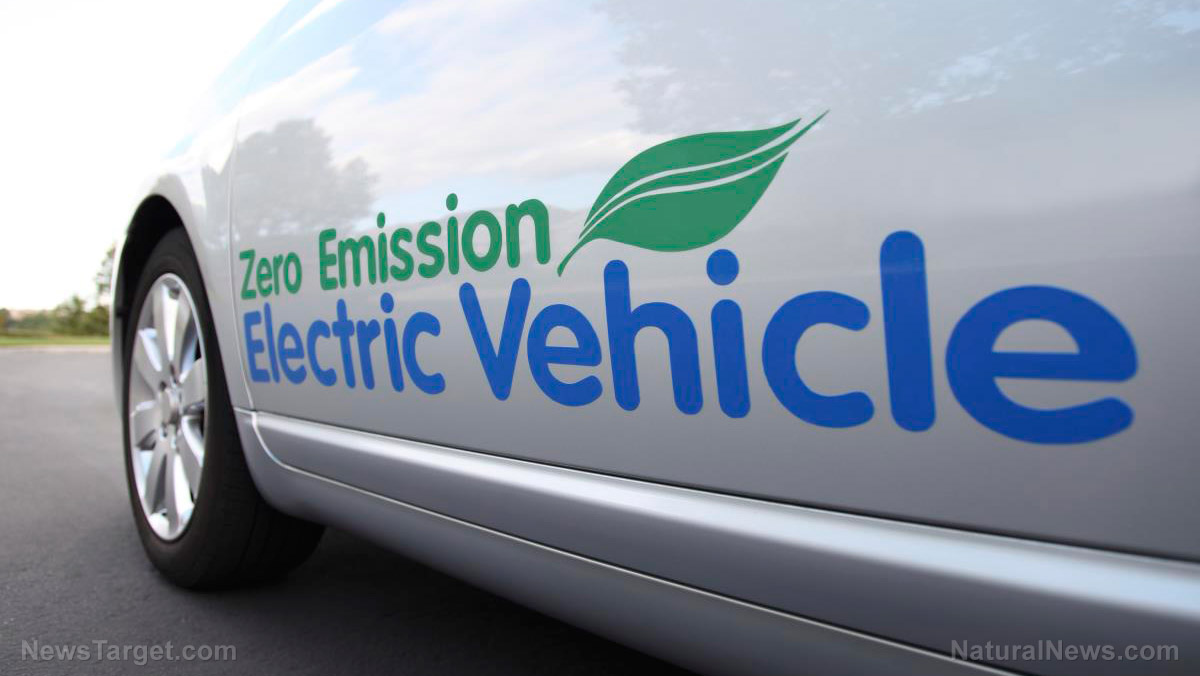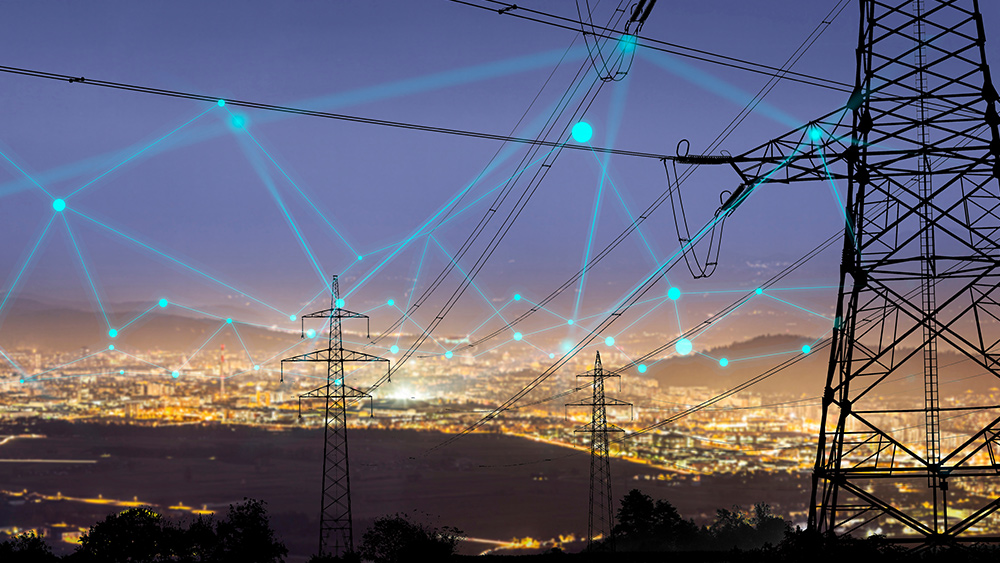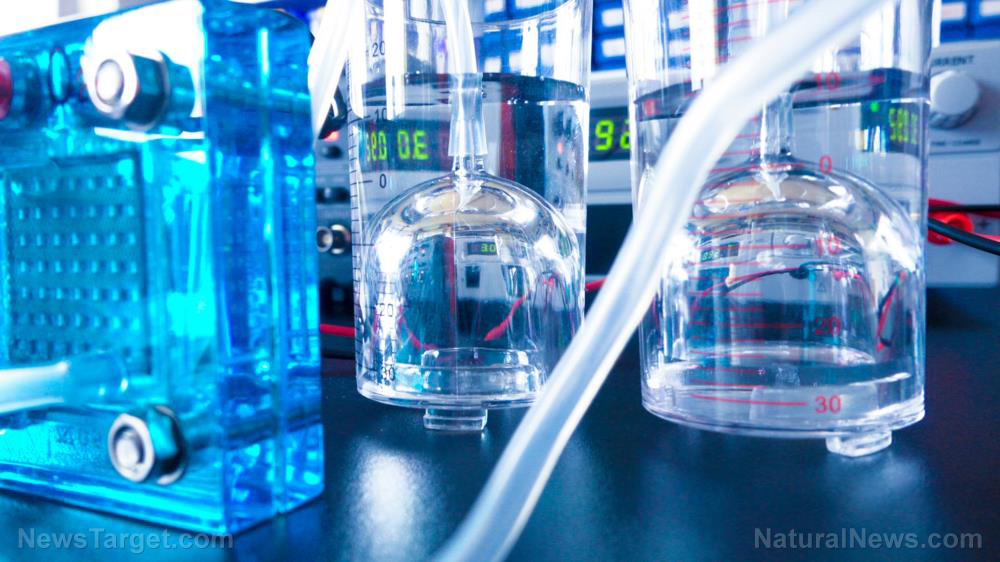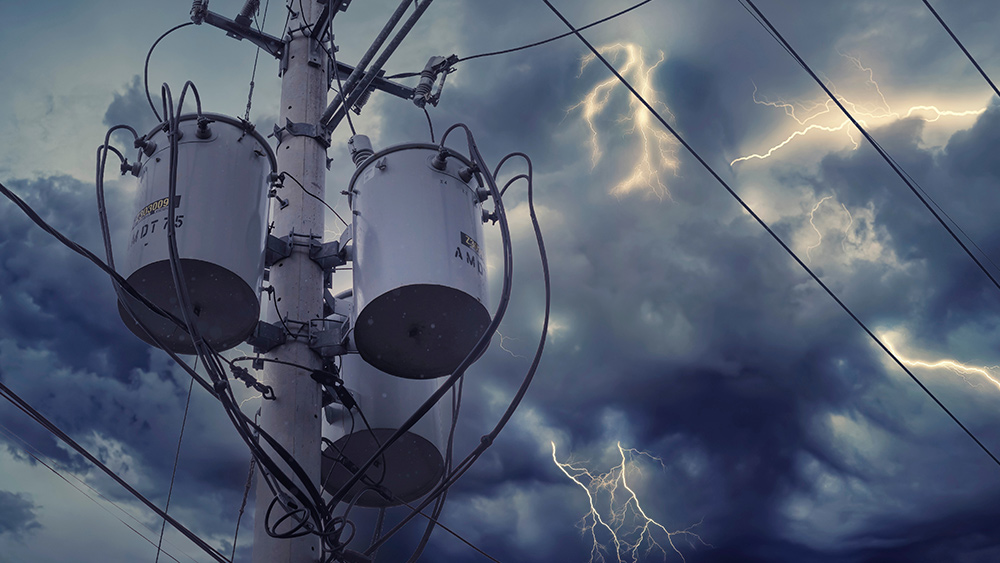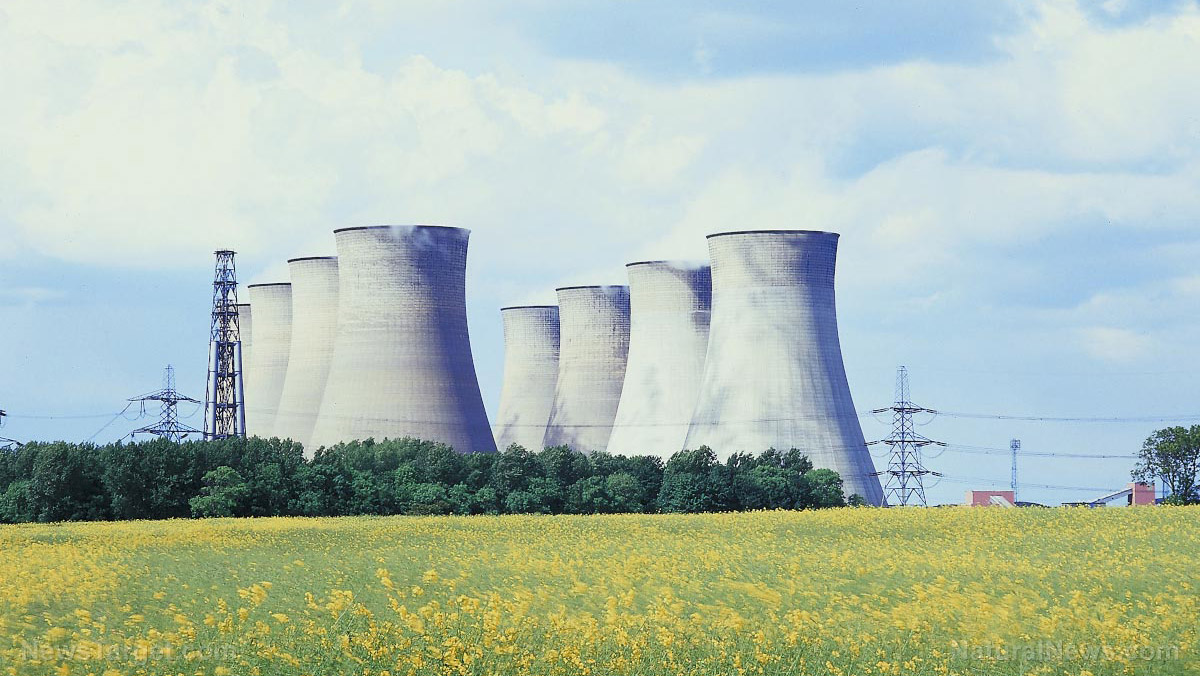EPA’s woke “good neighbor” plan is irresponsible
03/20/2023 / By News Editors
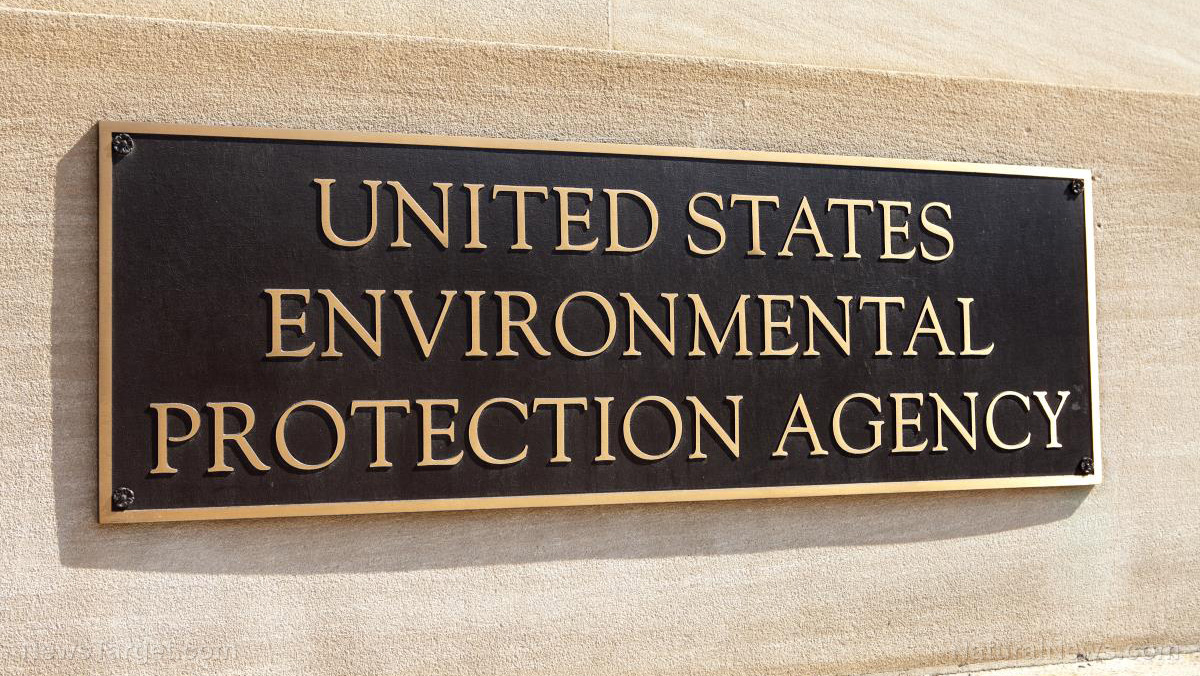
The Environmental Protection Agency (EPA) announced on Wednesday its Good Neighbor Plan, which limits nitrogen oxide (NOx) emissions from coal-fired power plants and other industrial sources that cause downwind smog pollution. The rule adheres to President Biden’s green energy agenda forcing America to have a carbon-pollution-free electricity sector by 2035.
(Article by David Kelly republished from TheNewAmerican.com)
The EPA claims enforcement of the plan “will save thousands of lives and result in cleaner air and better health for millions of people living in downwind communities.” The plan requires that “23 states meet the Clean Air Act’s ‘Good Neighbor’ requirements by reducing pollution that significantly contributes to problems attaining and maintaining EPA’s health-based air quality standard for ground-level ozone (or ‘smog’), known as the 2015 Ozone National Ambient Air Quality Standards (NAAQS), in downwind states.”
The AP reported:
“Every community deserves fresh air to breathe. We know air pollution doesn’t stop at the state line,? said EPA Administrator Michael Regan.
The rule will take effect in May for power plants and “lock in significant pollution reductions to ensure cleaner air and deliver public health protections for those who’ve suffered far too long from air-quality related impacts and illness,” Regan said. The limits on industrial sites take effect in 2026.
The EPA is requiring the initial phase of emissions reductions to take effect as soon as possible prior to the first week of August. Further emissions reductions phase in at the beginning of the 2026 ozone season, with a goal for power plants to reflect a 50-percent reduction from 2021 ozone emissions levels.
The Good Neighbor Plan states that “beginning in the 2026 ozone season, EPA is setting enforceable NOx emissions control requirements for existing and new emissions sources in industries that are estimated to have significant impacts on downwind air quality and the ability to install cost-effective pollution controls.”
According to the plan, the reduction of emissions will come from the following types of emissions sources:
- reciprocating internal combustion engines in Pipeline Transportation of Natural Gas;
- kilns in Cement and Cement Product Manufacturing;
- reheat furnaces in Iron and Steel Mills and Ferroalloy Manufacturing;
- furnaces in Glass and Glass Product Manufacturing;
- boilers in Iron and Steel Mills and Ferroalloy Manufacturing, Metal Ore Mining, Basic Chemical Manufacturing, Petroleum and Coal Products Manufacturing, and Pulp, Paper, and Paperboard Mills; and
- combustors and incinerators in Solid Waste Combustors or Incinerators.
Green energy and public health advocates supported the EPA plan as a positive step toward cutting air pollution that crosses state lines caused by power plants, mills, factories, and other industrial polluters.
“Too many communities breathe unhealthy air because pollution from power plants and industrial sources blows across state lines,? said Harold Wimmer, president and CEO of the American Lung Association. “This rule will curb emissions that contribute to unhealthy levels of ozone in downwind communities and help achieve cleaner air for people who live near polluting sources,? shared the AP.
In recent years utility providers have been retiring coal-fired power plants, as they have been forced to make hard decisions to either pay for updating aging facilities or close them down due to growing EPA carbon-emission reduction regulations. This new EPA plan will only lead to more closures and an overtaxed national electric grid.
The National Mining Association (NMA) didn’t think much of the EPA’s Good Neighbor Plan, stating on Wednesday:
The EPA is acting on its longstanding threat to make it impossible for utilities to make decisions based on the merits of what keeps the lights on, forcing those utilities to make decisions solely based on the EPA’s agenda, an agenda formed absent consideration of America’s energy reality. As a result, Americans and American businesses will continue to pay increasingly more for electricity that is less and less reliable. Even worse, the EPA is unilaterally making these decisions for the states — more than 18 of which use coal as their most common source of electricity generation.
The nation’s grid regulators and operators have repeatedly warned EPA that its regulatory plans pose an ominous threat to reliability, and the EPA’s response is to paper over the problem with meaningless memorandums of understanding. Intermittent renewable power additions will require a massive expansion of transmission infrastructure and energy storage — an effort that will take years to complete — in order to fill the gulf left by coal plant retirements. In fact, in 2022, as many as 40 planned coal plant retirements were postponed or scrapped largely due to acute grid reliability challenges where utilities and grid operators have made it clear closing plants would be reckless.
The NMA’s reality check of an uncertain future, which they clearly explain in their statement, will likely have no effect on the EPA or the green energy madness infecting leftists seeking to destroy our nation.
The Good Neighbor Plan has within its 935 pages of text numerous “Justice40 Initiative” directives to meet the government’s “environmental justice” goals. According to the Justice40 Initiative fact sheet, the goal is to deliver “40 percent of the overall benefits of relevant federal investments to disadvantaged communities and [track] performance toward that goal through the establishment of an Environmental Justice Scorecard.”
Knowing that the Good Neighbor Plan is woke and most likely to fail, we had best prepare now for a not-so-distant future of dark, cold nights ensured by a third-world energy grid. The closing remark by the NMA said it best: “EPA’s willful disregard of the repercussions of its decisions on Americans and on our energy future is plainly irresponsible.”
Read more at: TheNewAmerican.com
Submit a correction >>
Tagged Under:
big government, carbon dioxide, Clean Air Act, collapse, ecology, electricity, energy supply, environment, EPA, fuel supply, Good Neighbor Plan, green deal, green tyranny, insanity, Justice40 Initiative, left cult, nitrogen oxide, power, power grid, woke mob, wokies
This article may contain statements that reflect the opinion of the author
RECENT NEWS & ARTICLES
COPYRIGHT © 2022 FuelSupply.news
All content posted on this site is protected under Free Speech. FuelSupply.news is not responsible for content written by contributing authors. The information on this site is provided for educational and entertainment purposes only. It is not intended as a substitute for professional advice of any kind. FuelSupply.news assumes no responsibility for the use or misuse of this material. All trademarks, registered trademarks and service marks mentioned on this site are the property of their respective owners.


